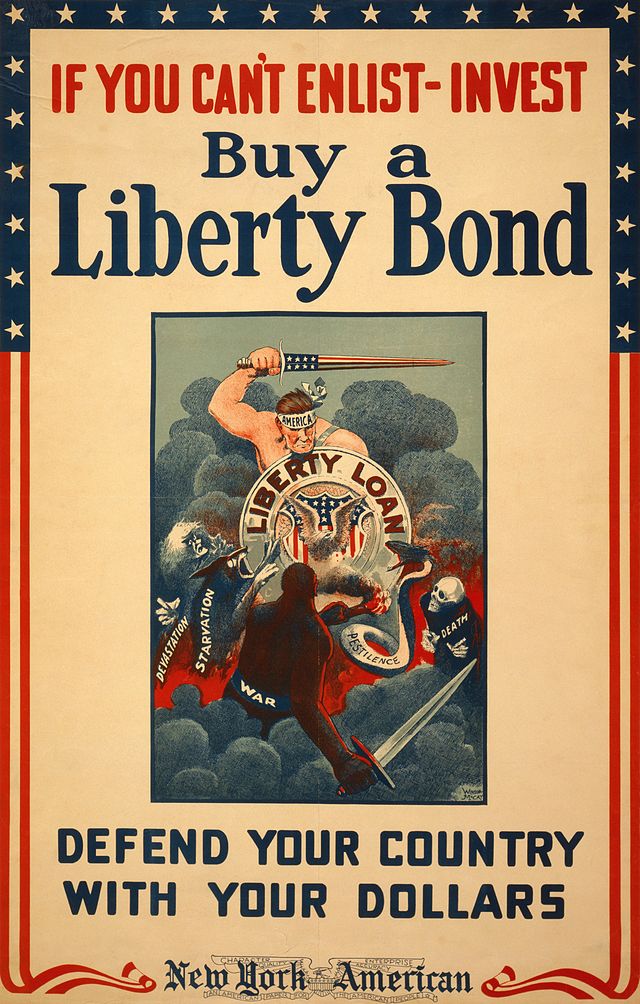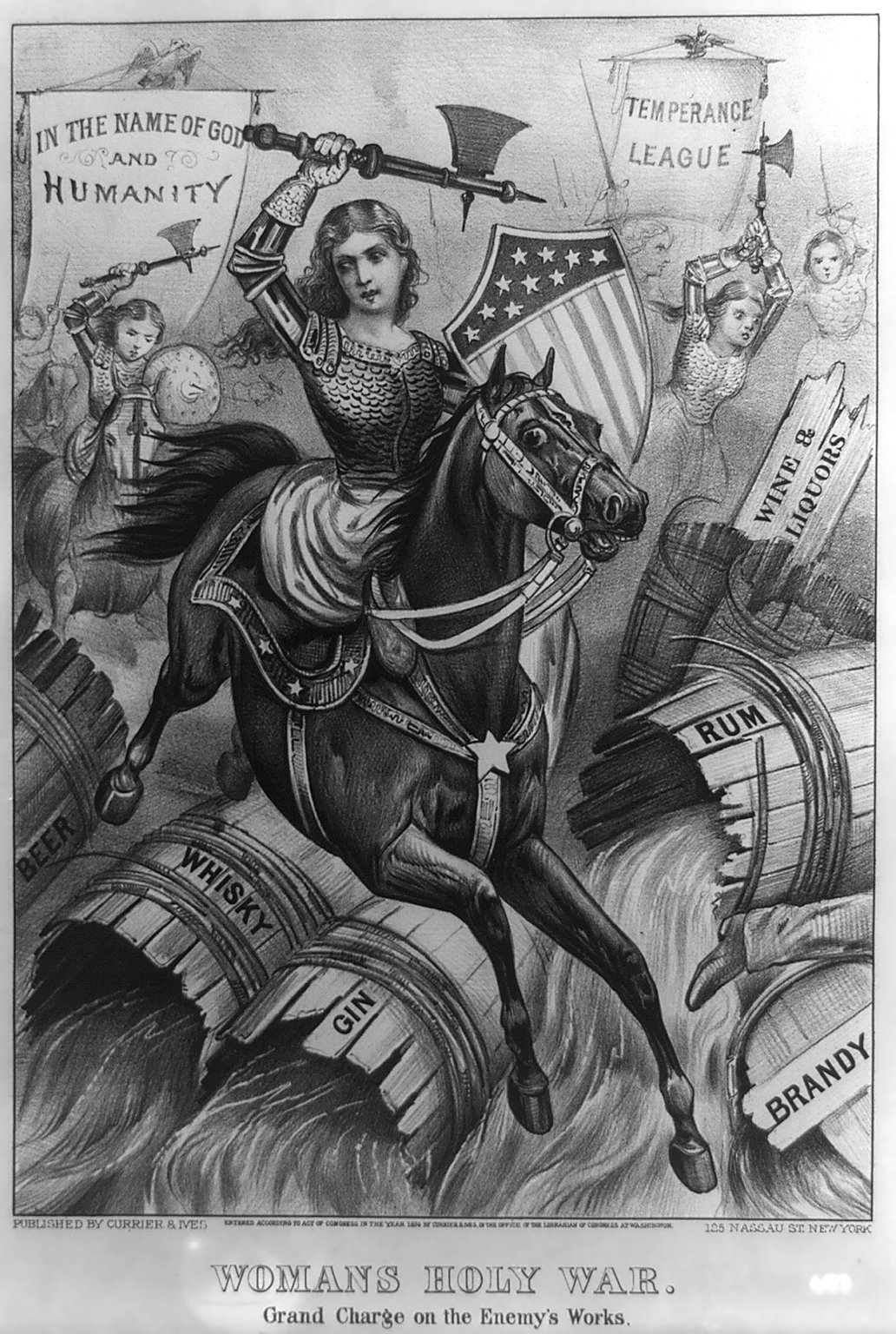The period from the mid-1800s to the early 1900s was a time of tremendous growth and change in Flatbush. In 1850, Flatbush had 20,862 acres of farmland but by 1930 the area was down to just 87 acres.[i] The area did not change overnight, and “[a]s late as the 1860s and 1870s, gently turning windmills dotted the landscape.”[ii] Citizens of Flatbush were proud of their rural neighborhood, and many opposed the urbanization of the area. However, by the end of the nineteenth century, the farms that dominated Flatbush were slowly starting to disappear.

Acreage of Farmland in Flatbush 1850-1920
From 1850 to 1875, land that once supported hundreds of farms was slotted for parks, such as Prospect Park. Its development began in 1862 with the purchase of two hundred and fifty acres of Flatbush farmland from the Martense and Vanderbilt estates. The park was thought to be a great place for enjoyment but to also have great value for the modern home and the suburban home.[iii] Though a lot of land was taken over for parks and “green spaces,” Flatbush was also becoming a more residential and commercial area. It is thought that the introduction of the streetcar to Flatbush in 1860 changed the dynamics of the area. It is noted that this might have been the doom of Flatbush as a country style area and the beginning of development. At this time the coach-and-four, or the tally-ho coach, was still commonly used for drives through parks or boulevards.[iv]

Scene Prospect Park
In 1894 the project to build what is now known as Victorian Flatbush began and a large amount of farmland was taken for these developments.[v] Flatbush residents were resentful of the change in their neighborhood but saw to it that the area maintained a residential character as one of the first suburbs in Brooklyn. This meant “[f]actories and other industrial facilities were not permitted.”[vi] But these efforts did not slow urbanization and by 1910 Flatbush Avenue was a highly successful business area where farms and farmhouses once stood.[vii] By 1912, the focus shifted to developments of recreational areas, such as baseball fields.3

Number of Farms in Flatbush 1860-1930
Residents of Flatbush were nostalgic for green space and not quite willing to submit the entire area to a growing urban infrastructure.
The change from stagecoach and horse-car to new forms of transit, including the electric service, is noted at an important aspect of the “improvement” within Flatbush. The area became “something much better, a section of comfortable, commodious, artistic and happy homes.” Residents of Flatbush were nostalgic for green space and not quite willing to submit the entire area to a growing urban infrastructure.
This meant that there were some suburban ideals, even as development grew. In 1834, Garrett L. Martense opened Erasmus Street, and Matthew Clarkson, Clarkson Street. Two years later portions of the Michal Neefus and Schoonmacker farms were developed by Willinck and Vanderveer, and Vernon Avenue was opened. The stage-line transit available at the time did not allow for much suburban movement.

Cortelyou Club
The development of parks stirred great movement in real estate. Prospect Park caused the opening of Diamond Street (Lenox Road), between 1868 and 1872, “with asphalt pavement, curbed gutters, and sidewalk laid between double rows of shade trees.” This was developed on the John Lott farm by Aaron S. Robbins. In 1868 William O. Mills bought the Helen Martense farm and opened Linden Boulevard. Then, on the Samuel G. Lott farm, William Matthews developed Waverly Avenue and Matthews Park. Winthrop and Hawthorne Streets opened the following year after much of the Isaac Cortelyou farm was bought by Robert S. Walker and others. In 1872, Kings County purchased land from the estate of Susan Caton and opened the Parade Grounds, a stretch of land south of Prospect Park that was used for many purposes, including military and athletic. Dr. Homer L. Bartlett opened Fennimore Street in 1877 and purchased the Melrose property from Dr. Johnson Robinson in 1883. Avenue A was opened by the John C. Bergen estate in 1885. In 1886 the Tennis Court section, which included parts of Ocean Avenue, East 18th and 19th Streets, and the Knickerbocker Field Club grounds were improved by Richard Ficken.[viii]

Knickerbocker Field Club
[i] U.S. Census Data, 1850 – 1920. Social Explorer.
[ii] Kenneth T. Jackson and John B. Manbeck, The Neighborhoods of Brooklyn (New Haven: Citizens Committee for New York City, 2004), 117.
[iii] “Cornerstone Laid at Ebbets Field,” The New York Times, July 7, 1912.
[iv] Edmund D. Fisher, Flatbush Past and Present (Brooklyn, NY: Flatbush Trust Company, 1901), 41.
[v] Jackson and Manbeck, The Neighborhoods of Brooklyn (New Haven: Citizens Committee for New York City, 2004), 118.
[vi] Nedda C. Allbray, Flatbush: The Heart of Brooklyn (Charleston, South Carolina: Arcadia, 2004), 123-124.
[vii] Allbray, Flatbush: The Heart of Brooklyn ,59.
[viii] Edmund D. Fisher, Flatbush Past and Present (Brooklyn, NY: Flatbush Trust Company, 1901), 82.













